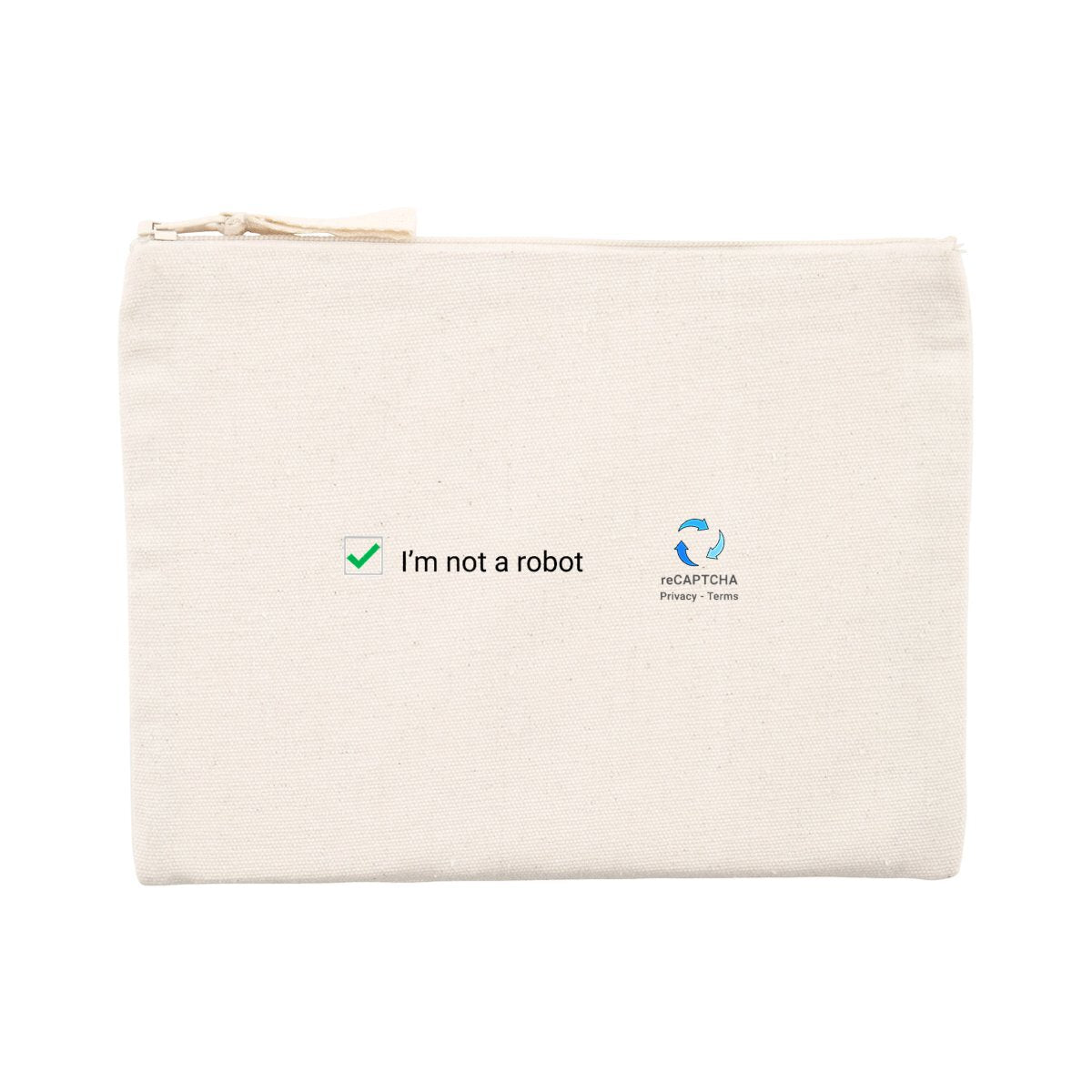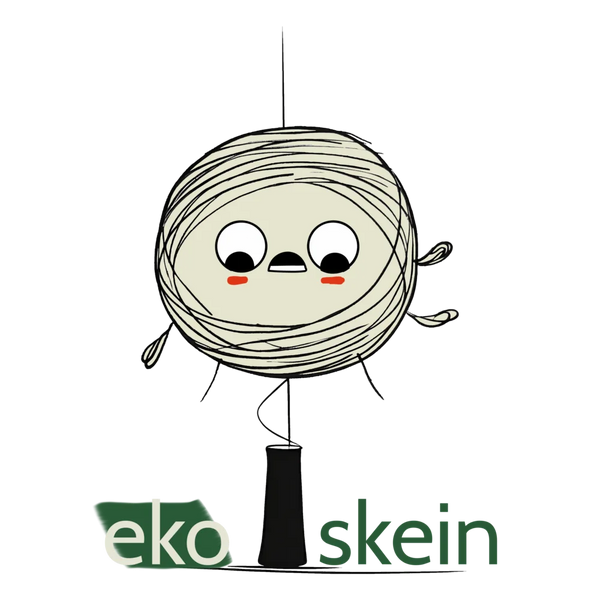Fast fashion vs. slow fashion, what are the differences?
In the world of fashion, two contrasting approaches are vying for consumers' closets: fast fashion and slow fashion. Fast fashion's allure lies in its ability to deliver the latest trends rapidly and affordably, making it a go-to for those looking to update their wardrobe without breaking the bank. But at what cost?
Enter slow fashion, the thoughtful antithesis to its speedy counterpart. Advocates of slow fashion champion quality over quantity, sustainability over disposability, and ethical production over quick turnarounds. They argue that fashion should be an investment in timeless pieces that last, rather than a fleeting moment on the trend treadmill.
As consumers become more conscious of their environmental footprint and the ethical implications of their purchases, the debate between fast and slow fashion grows ever more relevant. Let's start with defining fast fashion:
What is fast fashion

Image source: Green Business Bureau
I see fast fashion as clothing and accessory products mass produced and heavily advertised. They tend to be low to mid range quality with generally low prices. This combination encourages the consumers to buy more articles given the short durability and perceived affordability. Think Zara, Primark etc...
Fast fashion production
Fast fashion thrives on imitating high-fashion designs and turning them into affordable clothing at a breakneck pace. Typically, a fast fashion brand rolls out new collections multiple times a year—far exceeding the traditional spring/summer and fall/winter seasons. They leverage efficient manufacturing processes, trend replication, and rapid restocking to meet the high demand for the latest styles.
Impact of fast fashion
Fast fashion's environmental impact is profound—textile production generates high levels of pollution and waste, and the reduced quality often means products have a shorter lifespan and end up in landfills quickly.
Health risks are posed by the chemicals used in production which can affect both consumers and workers. The sector is also criticized for labor practices that can neglect worker safety and fair wages. Fast fashion and sustainability rarely go hand in hand, with the industry's carbon footprint and water usage raising serious concerns about its long-term viability.
I wrote an article on why sustainable fashion is important in which I cover the impact of fast fashion on the environment with some statistics to help give you some perspective on the issue.
| Impact Area | Description |
|---|---|
| Pollution | High pollution due to rapid and large-scale production |
| Waste | Increased textile waste due to low-quality, disposable items |
| Water Usage | Excessive water consumption in manufacturing processes |
| Worker Conditions | Often poor, with low wages and unsafe working environments |
Examples of fast fashion brands

Well-known fast fashion brands include Zara, H&M, Primark, and Forever 21. These brands epitomize the business model of quick turnover and affordable prices, often making headlines for their ability to get trends from the catwalk to the store in a matter of weeks. They've grown significantly due to their ability to tap into consumers' desire for trendy items at low costs.
Other disadvantages of fast fashion products
Apart from the reasons I mentioned before, I personally dislike buying clothes or shoes from fast fashion brands although I used to. In fact almost 100% of my wardrobe was from fast fashion brands like H&M, Nike, Zara and others but that started changing 7-8 years ago, here's why:
- Exposure to harmful chemical: First and foremost it was when I learned from a friend's father who's a researcher on certain chemicals' possibly causing cancer. The chemicals used in the production of fast fashion such as dyes, detergents and others may stay on the clothes which we may be exposed to.
- Unoriginal: I started to realize that I didn't feel I had a unique style and I would find other people in the same space wearing the same T-shirt or sweater that I'm wearing.
- They don't last: A T-shirt would start deteriorating after a few washes. Stretching, colors changing quickly, the collar stretching etc...
What is slow fashion

Image source: Green Business Bureau
In short, slow fashion is fashion products made ethically, from sustainable and organic materials, designed by independent designers with vision and unique style. Most importantly throughout the product process the workers receive a fair treatment.
Slow fashion production
In stark contrast to fast fashion, slow fashion production prioritizes quality over quantity. It's about taking a deliberate approach towards fashion, which often results in timeless pieces created from high-quality materials. Designers in the slow fashion industry focus on crafting durable clothing, reducing the need for frequent purchases. This method involves:
- Utilization of eco-friendly materials that reduce the environmental burden.
- Small-scale production lines that emphasize craftsmanship over speed.
- An extended timeline for the design and manufacturing process, allowing for attention to detail.
These practices offer an antidote to the high-speed cycle of fast fashion and its environmental impact. Slow fashion designers are often involved in the full lifecycle of a garment, from design to disposal, which allows for a more sustainable approach to fashion.
Advantages of slow fashion
Slow fashion presents a sustainable alternative that can alleviate some of the pressure fast fashion places on health, environment, and workers. The benefits include:
- Health: Reduction in the use of harmful chemicals means improved conditions for both consumers and workers. Natural fibers and dyes are kinder to the skin and contribute to overall well-being.
- Environment: Slow fashion supports biodiversity, minimizes waste, and often uses production processes that require fewer resources like water and energy. This helps to conserve the environment and mitigate the fast fashion environmental impact.
- Workers: Fair labor practices are at the core of slow fashion. Workers are often paid a fair wage, work in safe conditions, and are provided with a stable employment opportunity.
Through these benefits, slow fashion aligns with broader sustainability goals and supports a more ethical framework for the fashion industry.
Slow fashion brands
 The slow fashion movement has sparked a rise in brands that are committed to sustainable and ethical production. Some standout brands that are pioneering the movement include:
The slow fashion movement has sparked a rise in brands that are committed to sustainable and ethical production. Some standout brands that are pioneering the movement include:
- ekoskein: Of course, who doesn't like to promote themselves? With certified sustainable materials, 0 plastic packaging and 0 net emissions delivery, you can be sure that you're making a positive impact buying ekoskein products. Check out my shop after reading.
- People Tree: Pioneering in fair trade and environmentally sustainable fashion.
- Eileen Fisher: Promoting organic and sustainable clothing lines, and a take-back program to recycle old garments.
There are plenty more slow fashion brands. Start with searching for local ones in your neighborhood, the city, etc... .
These brands are demonstrating that fashion can be responsible and stylish without contributing to the fast fashion and sustainability crisis. As consumers become more aware of the impact of their choices, the popularity of slow fashion brands continues to grow, offering an alternative that benefits the planet and its inhabitants.
The differences between fast fashion and slow fashion
Fast fashion and slow fashion sit at opposite ends of the production spectrum, embodying divergent business models and values. Each has its own set of practices and impacts on the environment, consumer behavior, and the global marketplace.
| Aspect | Fast Fashion | Slow Fashion |
|---|---|---|
| Production Speed | High-speed production to keep up with latest trends. | Slower production cycles emphasizing quality and detail. |
| Cost | Lower upfront cost, with frequent new collections luring shoppers. | Higher upfront cost, reflecting the use of sustainable materials and fair labor. |
| Environmental Impact | Significant due to overproduction and waste. The fast fashion environmental impact involves high water usage, pollution, and textile waste. | Reduced impact through sustainable practices. Slow fashion and the environment are more aligned, encouraging less waste and pollution. |
| Sustainability | Low sustainability due to quantity over quality and disposable nature of products. | High sustainability, focusing on the long-term use and durability of products. |
| Labor Practices | Often relies on cheap labor with questionable working conditions. | Supports fair working conditions and wages. Fast fashion and sustainability are often at odds, unlike slow fashion's ethical approach. |
| Materials | Uses inexpensive, often synthetic materials that may be harmful to the environment. | Chooses organic, eco-friendly materials that promote fast fashion environmental impact reduction. |
| Consumer Mindset | Encourages frequent purchases to follow fast-changing trends. | Fosters a culture of mindful consumption, valuing items for their longevity. |
The fashion industry's pivot towards sustainability has put a spotlight on the tension between fast fashion and slow fashion. While some brands have begun to incorporate aspects of sustainability into their fast fashion models, it's slow fashion that is often lauded for its comprehensive approach to environmentally conscious manufacturing and a more ethical supply chain.
Brands that cater to slow fashion, such as ekoskein, People Tree, and Eileen Fisher, are not only fashion-forward but also pioneers in integrating principles that resonate with a growing base of informed consumers. They've shown it's possible to provide stylish apparel without compromising the health of our planet or the well-being of the people who make our clothes.
Transition to a more sustainable wardrobe
Embracing slow fashion doesn't have to be daunting. Start by assessing your current wardrobe and identifying pieces that align with sustainable practices. Next, prioritize quality over quantity when shopping, opting for timeless pieces that last longer. Support brands that are transparent about their production processes and committed to ethical standards. Remember, each small step contributes to a larger change in reducing fashion's environmental footprint and fostering a more ethical industry. Let's make conscious choices that reflect our values and pave the way for a greener, fairer fashion future.
But high quality sustainable fashion is expensive...
I agree, initially, slow fashion items often have a higher upfront cost due to their use of sustainable materials and ethical labor practices; however, their longer lifespan can make them a more cost-effective choice in the long run. Many brands offer discounts on older collections, some offer a discount and exclusive promos for newsletter subscribers, benefit from these discounts, they add up. My favourite shoes brand Muroexe has an outlet collection AND they offer exclusive subscriber discounts.

Final thoughts
Sustainable fashion is catching up, more people are aware of the situation. More and more new brands with sustainability as their priority are showing up all over the world. Perhaps slow fashion will never catch up to fast fashion but that's not the aim. The objective is to have help spread the mindset that stretches across all aspects of daily life, living sustainably.





